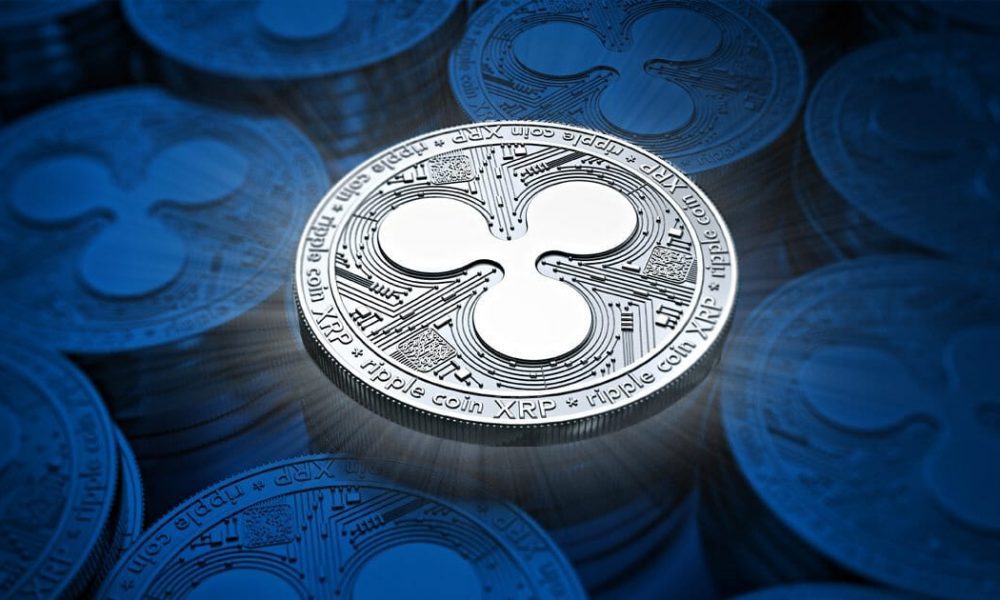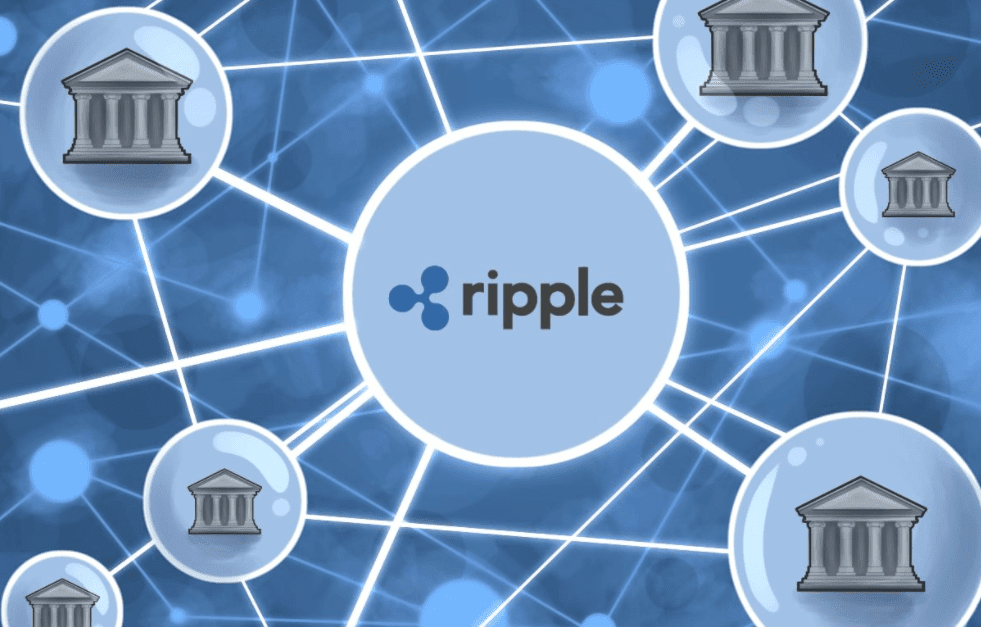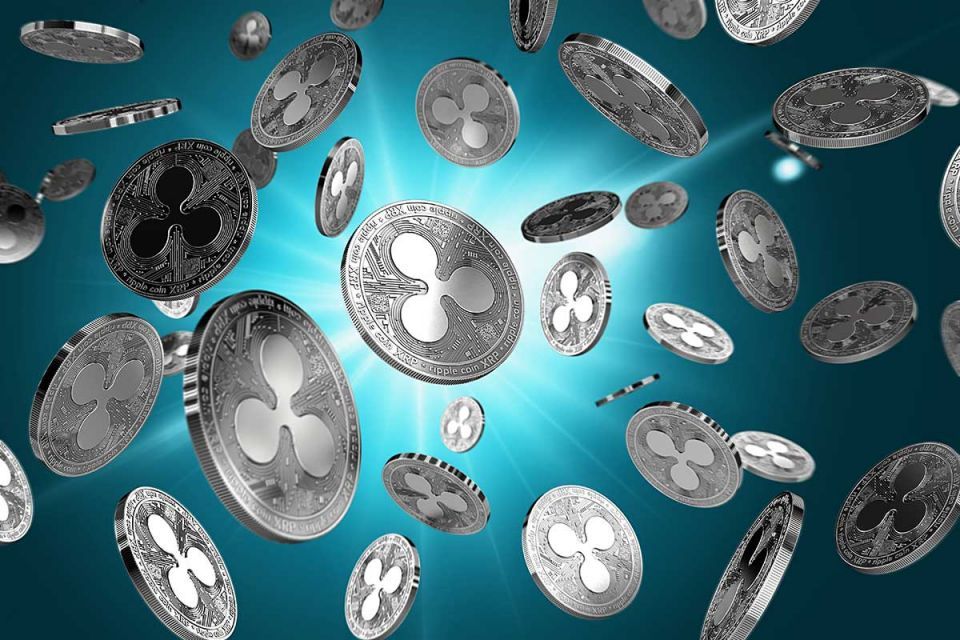(Reading time 7 minutes)
We are continuing where we’ve stopped. In the last post I explained you a little bit more about Litecoin, and what are some of its pros and cons. And why it’s a good coin to invest in. Today we are going to look at another coin, that’s also in the top 5 coins beside Bitcoin. Although Ripple is the coin with the lowest price on the market, compared to Litecoin, Ethereum, Bitocoin Cash, it is still considered a coin with a great value.
DISCLAIMER: I want to warn you –I am not a legal financial advisor. Before investing into any of the cryptocurrencies you should do some additional research and talk to a legal financial advisor. I am a crypto enthusiast and my posts regarding the cryptocurrencies are simply educational and informative.
Who is behind Ripple?
The company that build the Ripple protocol ‘’OpenCoin” was cofounded by CEO Chris Larsen and CTO Jed McCaleb. Both of them highly experienced in the crypto and financial world. Back in 2012 they’ve lunched Ripple (XRP). The company is based in San Francisco, but has also offices in New York, London, Sydney, India, Singapore and Luxembourg.
How does Ripple work?
Ripple’s main goal is to create a global settlement network, that will ensure more efficient transactions between the world’s financial institutions. This platform is designed to allow users to transfer money from any currency to any other currency on a matter of seconds, anywhere in the world. Ripple’s goal is very ambitious, to eliminate the need of the older systems like western Union, Money Gram or SWIFT. Consider Ripple as a money transfer structure where the two parties on either end of the transaction use their preferred middleman to receive the money.
Let’s look at this with a simple example:
David needs to send $100 to John who lives in a different city. He gives the money to his local agent Kate to send to John with a password that John is required to answer correctly to receive the funds. Kate alerts John’s agent Rose, of the transaction details, recipients, funds to be reimbursed and password. If John gives Rose the correct password, Rose gives him the $100. However the money that David send to John, comes from Rose’s account, which means that Kate will owe Rose $100. Rose has 2 options: She can record a journal of all Kate’s debts which Kate would pay to Rose on an agreed day. And the second option, Rose can make counter transactions which would balance the debt. For example: If Rose has another client Martin, and Martin needs to transfer $100 to James whose agent is Kate, this would balance the $100 owed to Rose, since James will be paid from Kate’s account. Sound simple doesn’t it?
Although the Ripple network is a little more complex than this example, the example demonstrates the basics of how the Ripple system works. From the example we can see that trust is required to initiate a transaction. In our case trust between David and Kate, Kate and Rose, and David and Rose. Ripple does not run proof-of-work system like Bitcoin. Ripple uses a medium known as Gateway that serves as the link between the 2 parties who want to make a transaction. Gateway acts as a middleman that receives and sends currencies to public addresses over the Ripple network. Anyone or any business can register and open a Gateway which authorizes the person to act as the middleman for exchanging currencies and transferring payments on the network.
Very often the term Ripple is used incorrectly, so let’s have a look at the correct terms for Ripple:
- XRP – its the name of the digital currency that facilitates the transactions on the Ripple network. XRP acts as a bridge between the two currencies being transferred. XRP is the native asset of the XRP Ledger, an open source blockchain that runs on a network of peer-to-peer.
- Ripple – It’s the American technology company that develops the Ripple payment protocol and network. Originally known as OpenCoin, later traded as Ripple Labs, and from 2015 to Ripple.
- – This is Ripple’s network of payment providers around the world. It connects the different payments networks of banks, payment providers, digital asset exchanges and corporate entities and can accept both fiat and cryptocurrencies.
At this moment the global remittance industry is huge, and there are no well organized international networks to handle the cross-border payments. And this is what Ripple is trying to solve. Banks, Financial Institutions and other Businesses by joining the Ripple’s global network can process their customer’s payments anywhere in the world instantly, reliably and cost effectively.
Example: Let’s say that Bank A in the US wants to send $5 million to Bank B in France. Rather than converting US dollars to Euro’s, different exchange rates, processing fees and slow transaction time, bank A can transfer $5 million worth of XRP to bank B’s Ripple wallet, which can be converted to local currency or the Euro. The payments are very fast up to 4 seconds, and the minimum transaction cost at the moment for standard transaction is 0.00001 XRP. The network is currently capable of consistently handling 1500 transactions per second. So far Ripple has been stable since its release with over 35 million transactions processes without any issues. Ripple has been updated to be able to scale to Visa levels of 50.000 transactions per second. A lot of the banks seem to like Ripple, and payment providers are joining as well.
Ripple’s key competitor is considered to be Stellar. Stellar offers a distributed payments network to provide fast and affordable cross-border transactions and also relies on its own currency, Limens (XLM). There are a many of similarities between the 2 projects: The biggest one is that Stellar was created by Ripple co-founder Jed McCaleb. But there are also some differences. The biggest difference is that Ripple is focusing on banks and corporations, while Stellar’s goal is to provide low-cost financial services to people on the world’s developing countries.
The XRP supply is 100 billion coins. As of July 2018 the circulating supply is less than 40 billion. The company owns 60% of the total supply of XRP. Most of the Ripple’s holding around 55 billion XRP are locked in an escrow account, with up to 1 billion XRP to be released every month for a period of 55 months.
There has been a lot of criticizing about Ripple. The complaints are coming from the Bitcoin and other blockchain enthusiasts who are saying that Ripple’s centralized control is in direct contrast to the ideals and advantages of decentralized blockchians like Bitcoin. The biggest obstacle to Ripple’s goal for global domination is its adoption (or lack of) by banks and financial institutions around the world. If more banks join the network, this could encourage the demand for XRP and will attract other banks to join the platform.
So the question is: Why would the banks use an external company and a new cyptocurrency when they could just launch their own private blockchain? SWIFT currently connects more than 11.000 of the worlds financial institutions through its own network, and has been working on its own trials of blockchain technology. Visa is also testing its own blockchain-based cross-border payment option, so Ripple won’t be able to just walk in and take a big piece of the market without a fight.
In the meantime Ripple has announced some great partnerships with Santander, Unibanco (Brazil), Money Match (Malasya) and other banks, financial intitutions. Also they’ve announced that Western Union and Money Gram are testing transactions using Ripple technology.
With partnerships and strong financial backing, Ripple is a major player in the crypto world. It’s designed to make a bridge between the traditional banking industry and the new age of digital currencies. Can Ripple challenge the old way of the world’s financial industry, we still need to wait and see.
Until the next post…..CHOOSE WISELY!
Thank you for reading
Follow me on Facebook: http://bit.ly/2zDUBpp
Subscribe to my blog https://darkokipariz.blogspot.com/


